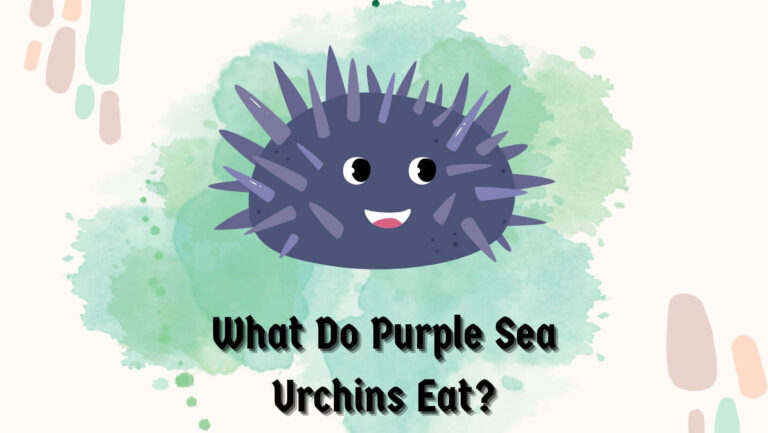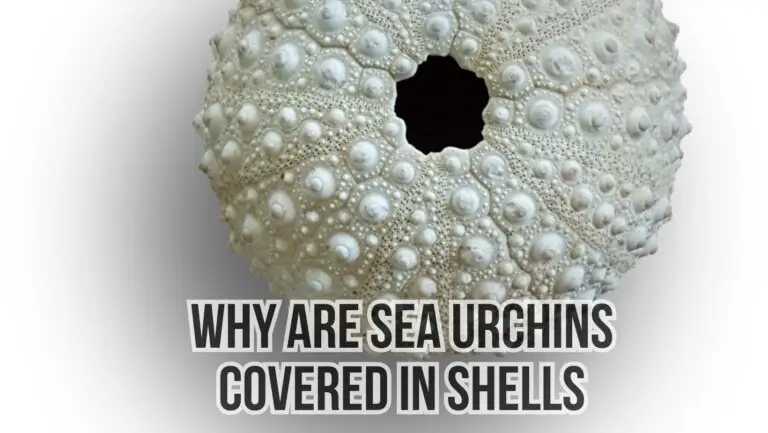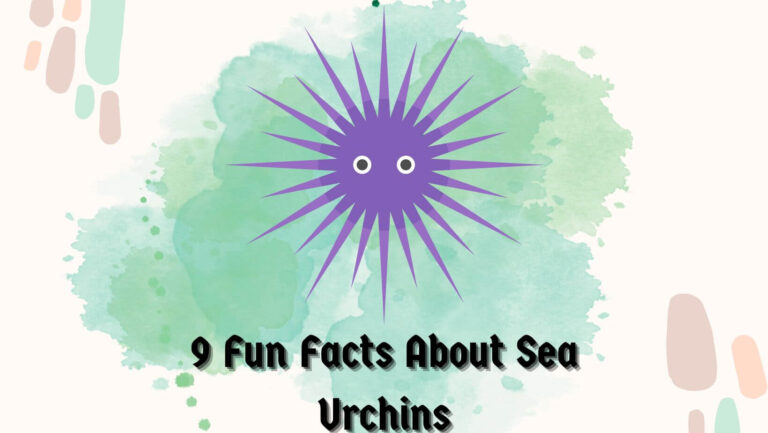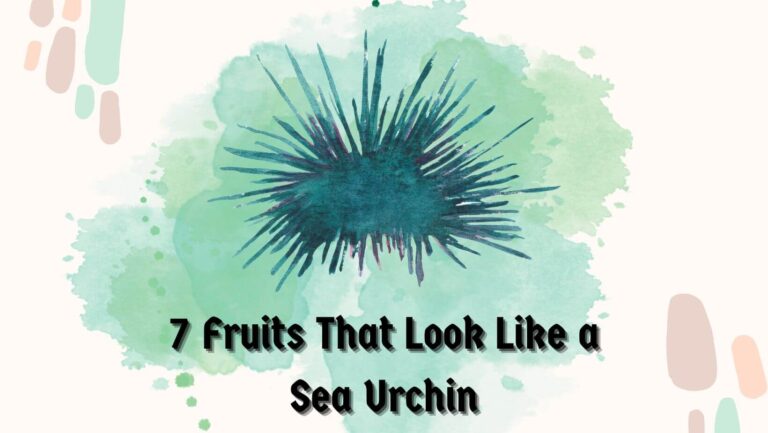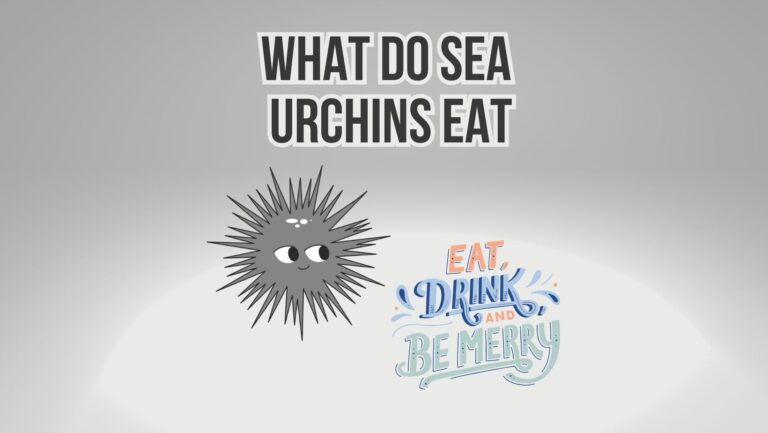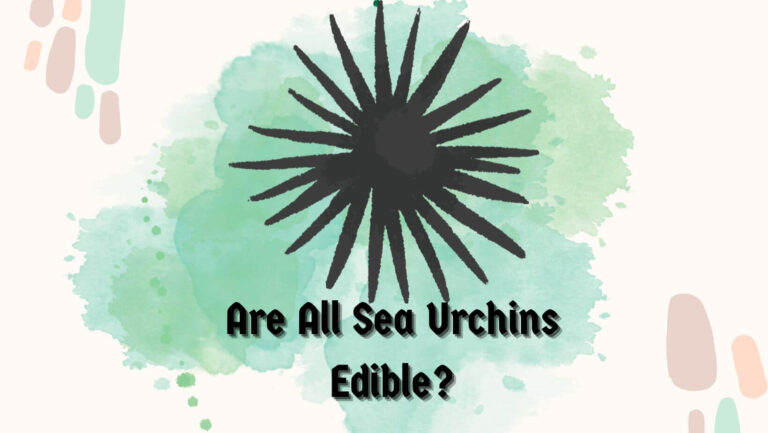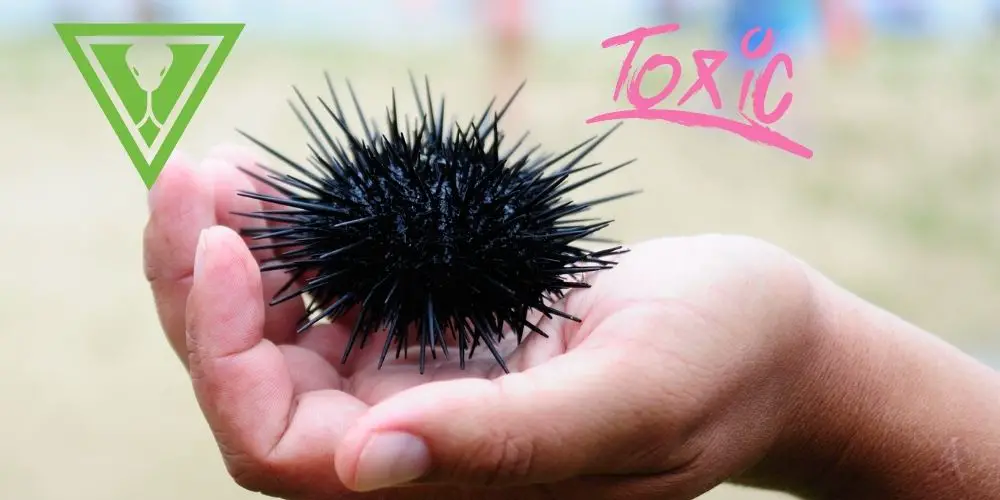
Sea Urchin Toxicity
Sea urchins can be toxic if consumed, with the severity of toxicity varying depending on the species of urchin. Some sea urchins are considered a delicacy in certain cuisines, but it’s important to properly handle and prepare them to avoid the risk of toxicity.
The toxic component in sea urchins is a water-soluble toxin called tetrodotoxin, which is a potent neurotoxin that can affect the nervous system and lead to symptoms such as numbness, tingling, weakness, and even respiratory failure. The amount of toxin in sea urchins can vary depending on the species, with some species containing much higher levels of toxin than others.
In general, sea urchins that are commonly consumed by humans are not considered toxic, as they are carefully prepared to remove any potentially harmful parts. However, there are certain species of sea urchins that are known to be toxic and should not be consumed.
For example, the collector urchin (Tripneustes gratilla) and the globe urchin (Salmacis sphaeroides) are known to contain high levels of tetrodotoxin and can cause severe symptoms if consumed. In addition, some sea urchins may be contaminated with other toxins, such as heavy metals or ciguatoxins, which can also cause health problems in humans.
To avoid the risk of sea urchin toxicity, it’s important to only consume species that are known to be safe and to properly prepare them to remove any potentially harmful parts. It’s also important to be aware of the risks associated with handling live sea urchins, as the spines can be sharp and can cause injury if not handled carefully.
Here are some facts about sea urchins and their venom:
- Some sea urchins have venomous spines: Certain species of sea urchins have venomous spines that can cause pain, swelling, and other symptoms if they puncture human skin.
- The venom of sea urchins varies by species: The composition of sea urchin venom varies by species and can contain a variety of toxins, including enzymes, peptides, and neurotoxins.
- Sea urchin venom can cause a variety of symptoms: Symptoms of sea urchin envenomation can include pain, swelling, redness, nausea, vomiting, and even paralysis in severe cases.
- Sea urchin venom can be lethal to some animals: The venom of certain sea urchin species can be lethal to small fish and other animals that they prey on.
- Sea urchin venom has potential medical applications: Scientists are studying the potential medical applications of sea urchin venom, including its use in pain relief and cancer treatment.
- The venom of some sea urchin species is used for self-defense: Some sea urchin species use their venomous spines for self-defense against predators.
- Sea urchin venom can be neutralized with vinegar: If stung by a venomous sea urchin, applying vinegar to the affected area can help neutralize the venom and alleviate symptoms.
- Some sea urchins are poisonous to eat: Certain sea urchin species can be toxic if consumed, causing symptoms such as nausea, vomiting, and diarrhea.
- The toxin in poisonous sea urchins is heat-stable: Unlike some other seafood toxins, the toxin in poisonous sea urchins is heat-stable and cannot be destroyed by cooking.
- Poisonous sea urchins are typically not consumed by humans: While some cultures do eat sea urchins, poisonous species are typically not consumed by humans due to their toxicity.
- Poisonous sea urchins have potential medical applications: Despite their toxicity, the toxins found in some poisonous sea urchin species have potential medical applications, such as in pain relief and cancer treatment.
- Poisonous sea urchins are not found in all regions: Poisonous sea urchins are not found in all regions, and some areas are known for their non-toxic sea urchin populations.
- Poisonous sea urchin outbreaks can occur: In some areas, outbreaks of poisonous sea urchins have been reported, causing illnesses and even deaths in humans and other animals.
- Poisonous sea urchins are not the same as venomous sea urchins: It’s important to note that poisonous sea urchins are not the same as venomous sea urchins, as they have different mechanisms of toxicity.
- Proper handling and preparation can reduce the risk of toxicity: To reduce the risk of toxicity from sea urchins, it’s important to handle and prepare them properly, and to only consume species that are known to be non-toxic.
Do sea urchins have venom or poison?
Sea urchins can have both venom and poison, depending on the species. Some species of sea urchins have venomous spines, which can cause pain and other symptoms if they puncture human skin. The venom of sea urchins varies by species and can contain a variety of toxins, including enzymes, peptides, and neurotoxins.
On the other hand, certain sea urchin species can be toxic if consumed, causing symptoms such as nausea, vomiting, and diarrhea. The toxin in poisonous sea urchins is heat-stable and cannot be destroyed by cooking. Therefore, it’s important to properly handle and prepare sea urchins, and to only consume species that are known to be non-toxic.
What is sea urchin venom called?
Lectins have also been identified from the venom of flower urchins in addition to these toxic agents. SUL-I, SUL-II, SUL-IA, and SUL-III are some of them. (SUL stands for “sea urchin lectin”).
The specific name for sea urchin venom can vary depending on the species of sea urchin. Some common components of sea urchin venom include enzymes, peptides, and neurotoxins.
For example, the venom of the flower urchin (Toxopneustes pileolus) contains a variety of toxins, including a protease enzyme called toxopain and a neurotoxin called spinoxin.
The venom of the slate pencil sea urchin (Heterocentrotus mamillatus) contains a peptide called hemolyticin-1, which can cause red blood cells to rupture. Overall, the composition of sea urchin venom can be complex and varies by species.
What is the most poisonous sea urchin?
The most poisonous sea urchin is often considered to be the flower urchin (Toxopneustes pileolus), which is found in the Indo-Pacific region.
The venom of the flower urchin contains a variety of toxins, including a protease enzyme called toxopain and a neurotoxin called spinoxin, which can cause severe symptoms in humans if they are stung by the urchin’s spines.
In some cases, envenomation by the flower urchin can lead to paralysis and even death, particularly if the venom enters the bloodstream or affects the respiratory system.
However, it’s important to note that while the flower urchin is one of the most venomous sea urchins, not all species of sea urchins are venomous or poisonous, and many are harmless to humans.
Is Touching A Sea Urchin Poisonous?
Touching a sea urchin may not necessarily be poisonous, but it can be painful or uncomfortable if the urchin’s spines puncture the skin. Some species of sea urchins have venomous spines, which can cause symptoms such as pain, swelling, and redness if they penetrate the skin. However, the severity of the reaction can vary depending on the species of sea urchin and the individual’s sensitivity to the venom.
How Long Does Sea Urchin Venom Last?
The duration of sea urchin venom can vary depending on the species and the severity of the envenomation. In general, the symptoms of sea urchin venom can last for several hours to a few days, with pain and swelling usually subsiding within a day or two. However, if the venom enters the bloodstream or affects vital organs, the symptoms can be more severe and may last longer.
Where Are Poisonous Sea Urchins?
Poisonous sea urchins are typically found in tropical and subtropical regions and can vary depending on the geographic location. Some of the most commonly known poisonous sea urchins include the collector urchin (Tripneustes gratilla) and the globe urchin (Salmacis sphaeroides), which are known to contain high levels of tetrodotoxin. These species are found in the Indo-Pacific region and the Caribbean, respectively.
Are Sea Urchins Poisonous When Dead?
Dead sea urchins can still contain toxins, particularly if they were recently alive and the toxin has not degraded. It’s important to handle dead sea urchins with caution, as the spines can still cause injury, and some species may contain toxins that can cause health problems if ingested.
Which Sea Urchins Are Poisonous?
In general, it’s important to be cautious around all sea urchins, as some species can be venomous or poisonous. However, not all species of sea urchins are harmful to humans, and many are important components of marine ecosystems. If you are unsure about the safety of a particular species of sea urchin, it’s best to err on the side of caution and avoid handling or consuming it.

